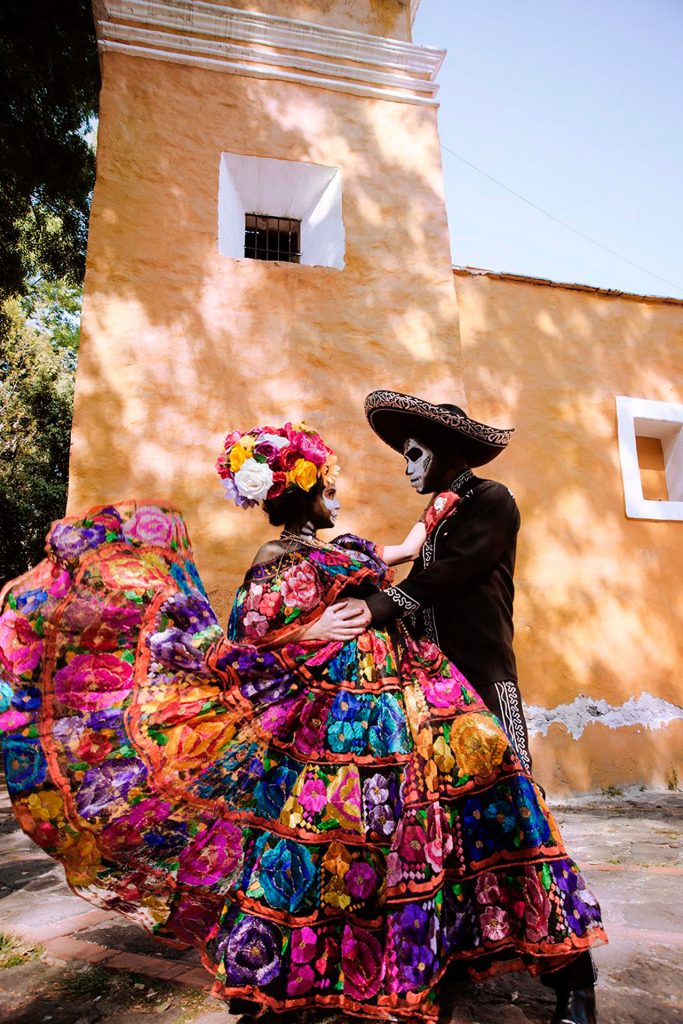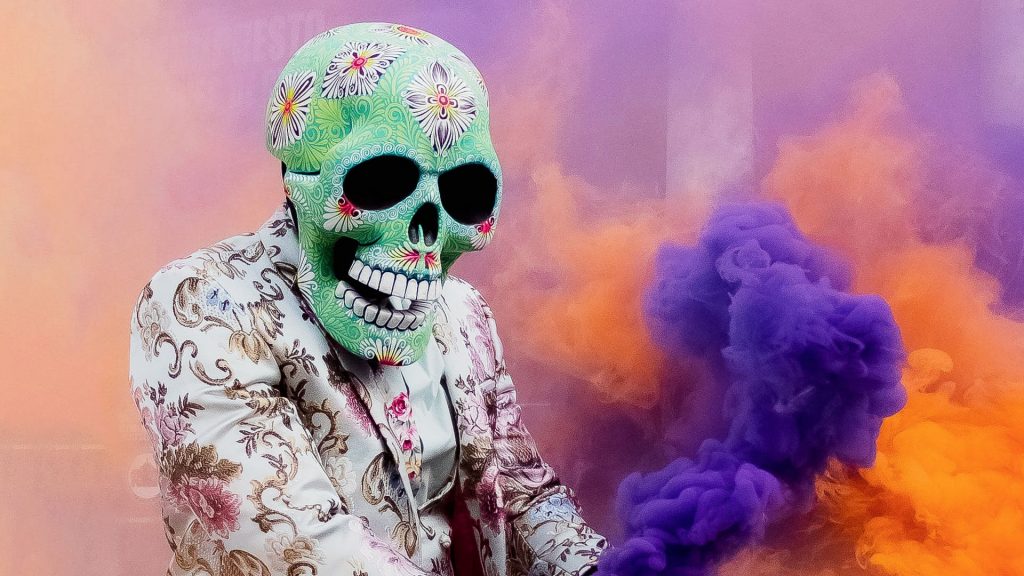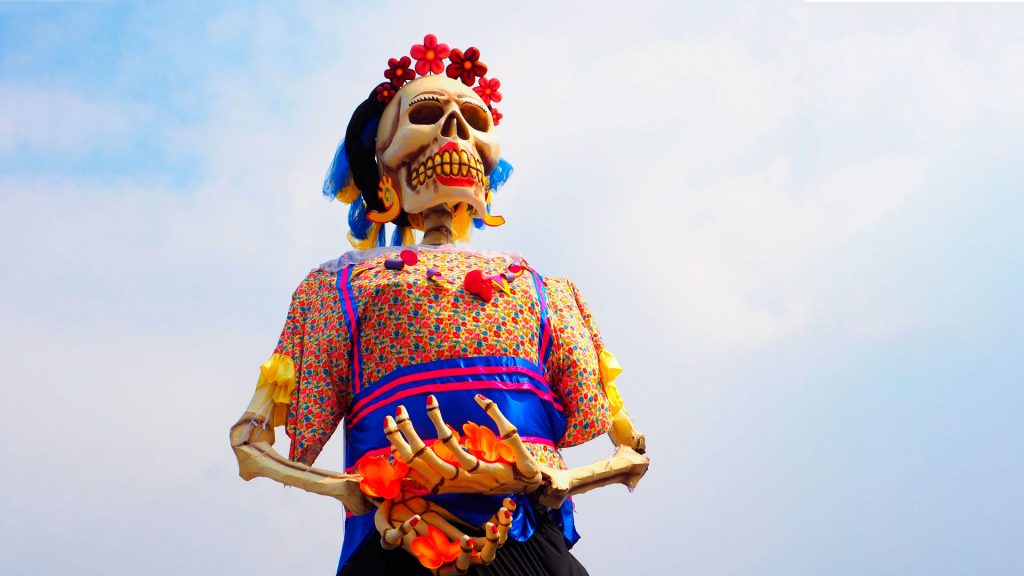The Day of the Dead has been a Mexican celebration that has been very successful among screenwriters and directors of films ranging from action classics like Spectre to the incredible animations in Coco.
In the end, I think these films and this staging have made the Day of the Dead celebration and everything surrounding it internationalized and appeals to many people. But what is this day really for Mexicans?
A celebration of life and memory.
HCS
The Day of the Dead is celebrated mainly on November 1 and 2, coinciding with the Catholic feast of All Saints and the Faithful Departed. The way it is celebrated in Mexico is unique and has deep roots in indigenous culture.
Families gather to pay homage to the deceased by creating Day of the Dead altars in their homes and visiting cemeteries. The altars, called “ofrendas,” are decorated with symbolic items and objects that were cherished by deceased loved ones. These altars usually include sugar skulls, flowers, candles, food, drinks, and photographs of the deceased.
Beliefs about death
The central belief behind the Day of the Dead is that, during these days, the souls of the deceased return to the world of the living to enjoy the offerings that have been prepared for them. It is an occasion to remember and honor loved ones, share anecdotes and celebrate the life they shared with us.
In addition, it is believed that the living can establish a special connection with the deceased during this holiday. The ofrenda acts as a bridge between the two worlds, allowing family ties and love to last beyond death, for which we use objects and food that the deceased loved. So on that day we hope that the souls of our loved ones will come to visit us, enjoy the ofrenda and if possible have some kind of contact with us.
The Culture of the Catrinas



The Catrina is one of the most recognizable icons of the Day of the Dead in Mexico. This figure is a skeletal representation of an elegant lady dressed in haute couture clothing and a hat adorned with feathers. Although the Catrina is a figure of death, her image is used in a festive manner and is often associated with humor and satire.
The Catrina was created by the famous Mexican engraver José Guadalupe Posada in the early 20th century and was later popularized by the muralist Diego Rivera. The image of the Catrina has become a symbol of the irony of death, reminding us that, in the end, we are all the same and that life is ephemeral.

The “Calaveritas“
“Calaveritas” are humorous or satirical poems written in Mexico as part of the Day of the Dead celebration. These poems are a creative and festive way of addressing death and are used to poke fun at death personified in the form of a skull. Although they may seem irreverent, their aim is to remind us that death is a natural part of life and that, in the end, we will all face the same fate.
Con sombrero y elegancia, la Catrina se presenta,
Frida le sonríe, con su ceja lista y atenta,
“¿Catrina, amiga mía, cómo estás en la eternidad?”
“¡Frida, chula! ¡Pintando flores por la eternidad!”
La Catrina ríe, con un esqueleto risueño,
Frida con su paleta, llena de colores soñados,
En el Día de Muertos, su amistad es algo cierto,
y en el reino de las almas, hacen juntas su eterno carnaval.
Calaverita for Frida Kahlo
In 2008, UNESCO declared the Day of the Dead as Intangible Cultural Heritage of Humanity. This distinction recognized the importance of this celebration not only for Mexico, but also for the entire world.




Leave a Reply